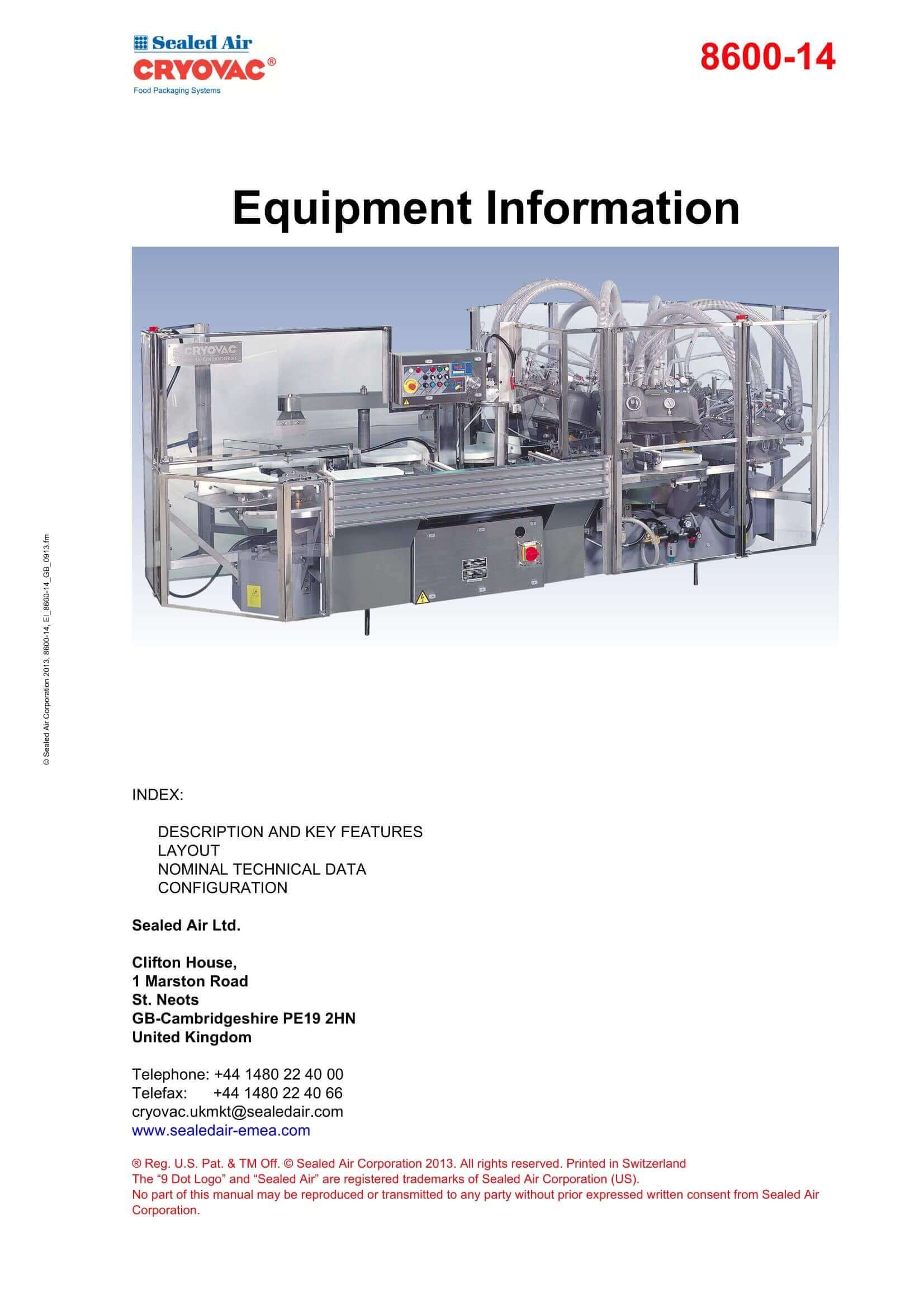

Self-reported pain, physically assessed injury severity, and measured ergonomic risk of workstation did not significantly predict injury claim incidence, duration, or costs. Higher cost disability claims were independently associated with higher depressed mood (OR =1.51, 95% CI 1.07–6.87) and pain catastrophizing (OR =1.11, 95% CI 1.02–8.11). Higher disability duration was independently associated with higher depressed mood (OR =1.60, 95% CI 1.05–4.11) and poor recovery expectation (OR =1.31, 95% CI 1.01–5.78). Independent risk factors associated with WCB claim incidence included depressed mood (odds ratio =2.75, 95% confidence interval 1.44–9.78) and lower job satisfaction (OR =1.70, 95% CI 1.08–10.68).

Binary logistic regression was used to compare those with pain who did not submit a WCB injury claim to those with pain who did initiate a WCB claim. In 2014, 82.5% of workers had self-reported pain, but only 35.5% submitted a WCB claim. In total, 207 out of 245 workers agreed to complete the baseline survey (84.5%). In January of 2014, each worker in a large workplace in Saskatchewan, Canada, was prospectively followed for 1 year to determine factors that impact injury claim incidence, recovery, and costs. Few workplaces have prospectively reviewed workplace and worker issues simultaneously and assessed their impact on Workers’ Compensation Board (WCB) claims.


 0 kommentar(er)
0 kommentar(er)
